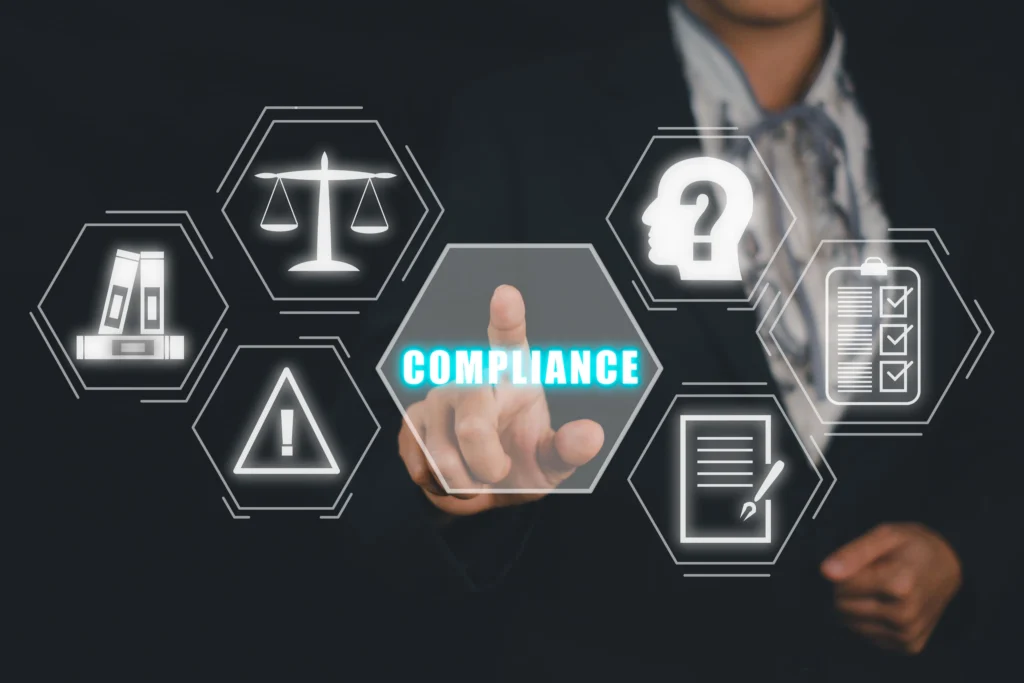Introduction
In the digital economy, reputation is often the most valuable asset a company owns. Whether you are a crypto exchange preparing for a token listing, an iGaming operator expanding into new markets, or an international brand entering a competitive consumer space, what people find online about your business directly impacts trust.
Unfortunately, the internet can be weaponized. A single negative article, viral video, or misleading forum post can travel across search engines in hours. Competitors, disgruntled ex-employees, or anonymous trolls can launch smear campaigns designed to destroy your credibility. For industries like crypto and iGaming, where regulation is complex and public trust is fragile, negative content removal is no longer optional—it’s a business necessity.
This article explores why harmful content is so dangerous, the methods available for removing or suppressing it, and the best practices for protecting your brand from digital sabotage.
The Real Cost of Negative Content
- Loss of Trust
Reputation is trust. In crypto, investors hesitate to deposit into a token project if “scam” appears in Google search results. In iGaming, players may avoid registering at a casino if forums label it “unreliable.” Even if the accusations are false, perception often equals reality. - SEO Visibility
Search engines amplify the problem. Negative stories, especially those on media outlets or popular blogs, often rank higher than official brand content. Once they appear on page one of Google, they shape public opinion. - Financial Damage
Lost deposits, shrinking user bases, and reduced investor confidence translate directly into millions in missed opportunities. Studies show that a single negative search result can cost companies up to 22% of potential customers. Multiple negative results? That loss can exceed 50%.
Common Sources of Negative Content
- Fake News & Blogs – Low-quality sites publishing “scam alerts” to drive traffic.
- Competitors – Rival projects creating negative SEO campaigns.
- Review Platforms – Biased or fake reviews on Trustpilot, App Store, or gaming forums.
- Legacy Content – Old news stories resurfacing even after issues are resolved.
- User-Generated Forums – Telegram groups, Reddit threads, and iGaming forums filled with misinformation.
Removal vs Suppression: What’s the Difference?
Not all harmful content can be taken down. ORM professionals typically use two main strategies:
- Removal
- Contacting publishers to request deletion of false or defamatory content.
- Filing legal complaints (defamation, copyright, privacy violations).
- Using DMCA takedowns for unauthorized content or images.
- Contacting publishers to request deletion of false or defamatory content.
- Suppression
- When removal isn’t possible, suppression pushes harmful content down in search results.
- Positive, verified, high-quality content replaces it on the first page.
- The goal: ensure harmful links are buried where most users will never see them.
- When removal isn’t possible, suppression pushes harmful content down in search results.
Strategies for Effective Content Removal
- Direct Publisher Outreach
Many websites are willing to remove harmful content if provided with factual proof or legal justification. - Legal Takedowns
When content is defamatory, infringes intellectual property, or violates privacy, legal experts can coordinate with courts and hosting platforms to force removal. - SEO Suppression Campaigns
- Create and publish high-quality, positive articles, blogs, PRs, and interviews.
- Optimize them to outrank negative results.
- Build strong backlink networks to reinforce positive narratives.
- Create and publish high-quality, positive articles, blogs, PRs, and interviews.
- Platform Appeals
Review sites and social platforms often have procedures to challenge fake reviews or misleading posts. ORM experts know how to use these systems effectively.
Case Examples (Generalized)
- Crypto Exchange Under Attack
A mid-sized exchange was targeted by fake “scam reports” across multiple blogs. ORM campaigns removed 40% of the damaging articles and suppressed the rest within 6 months, restoring investor confidence. - iGaming Platform Facing Review Bombing
A casino faced 300+ fake one-star reviews after a competitor launched an attack. ORM strategies identified the fraudulent reviews, coordinated removal with platforms, and improved trust scores through verified positive ratings.
Best Practices for Prevention
- Continuous Brand Monitoring
Detect harmful mentions early before they go viral. - Proactive PR Campaigns
Don’t wait until a crisis. Publish thought-leadership pieces, interviews, and positive brand stories consistently. - Build an Authority Shield
Maintain active company blogs, LinkedIn leadership articles, and appearances in credible outlets. This ensures positive results dominate search engines by default. - Engage Legal Teams Early
Fast action on defamatory or infringing content prevents it from spreading.
Q&A
Can every negative article be removed?
No. Some may remain due to free speech protections or publisher policies. In these cases, suppression ensures they no longer dominate search results.
How long does ORM content removal take?
Legal removals can take weeks or months. SEO suppression campaigns typically deliver measurable results within 3–6 months.
Is suppression ethical?
Yes. Suppression isn’t about hiding the truth—it’s about ensuring verified, accurate information represents your brand.
Conclusion
Negative content removal is not just about image management—it’s about survival in the digital economy. For crypto projects, iGaming platforms, and international brands, reputation directly impacts revenue, partnerships, and long-term success.
In the digital age, your reputation is your currency. Protect it fiercely, and when attacks come, act decisively with proven ORM strategies.


